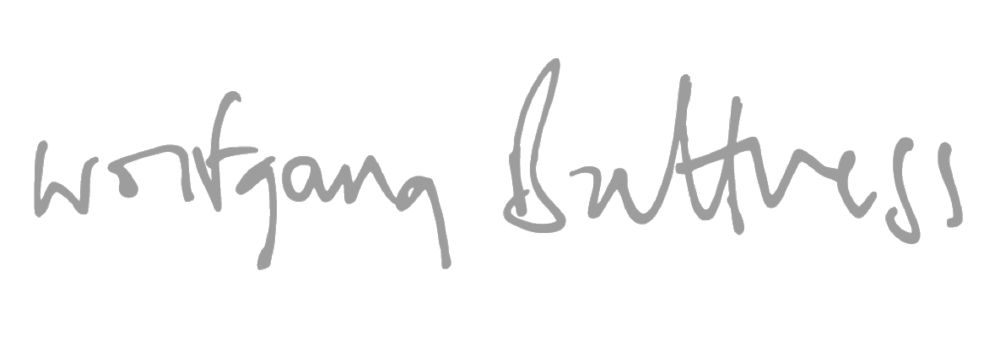SCIENCE
The musicians teamed-up with bee expert Dr. Martin Bencsik, a physicist from Nottingham Trent University, who is undertaking cutting-edge research to better understand communication within honey bee colonies. Using accelerometers (devices sensitive to tiny vibrations) embedded in the beehive he is able to study the patterns of sounds that the insects make, and thereby to monitor the health and behaviour the colony. These vibrational messages have been isolated, analysed and recorded separately giving the listener a new insight into the communications of a honey bee.
There can only be one queen in a hive, except for when young virgin queens are born. This signal is a challenge call from a virgin queen honey bee that has already emerged from her cell challenging another unborn queen in a display of strength.
This signal comes from a honey bee that has found an exciting source of food in the outside world. It provides information about the path and distance to the food and how much there is.
These are short pulses used by one honey bee to request a sample of food from another.
This is a vocal exchange between two virgin queens, starting with a ‘toot’ and followed by an exchange of ‘quacks and toots’. The ‘quack’ comes from a virgin queen that is still in her queen cell and is a ‘response’ to the ‘tooting’ made by the virgin queen that is already freed. The vocal exchange can last up to 2-3 days, is thought to be a sizing up exercise, and can sometimes lead to a fight to the death.




